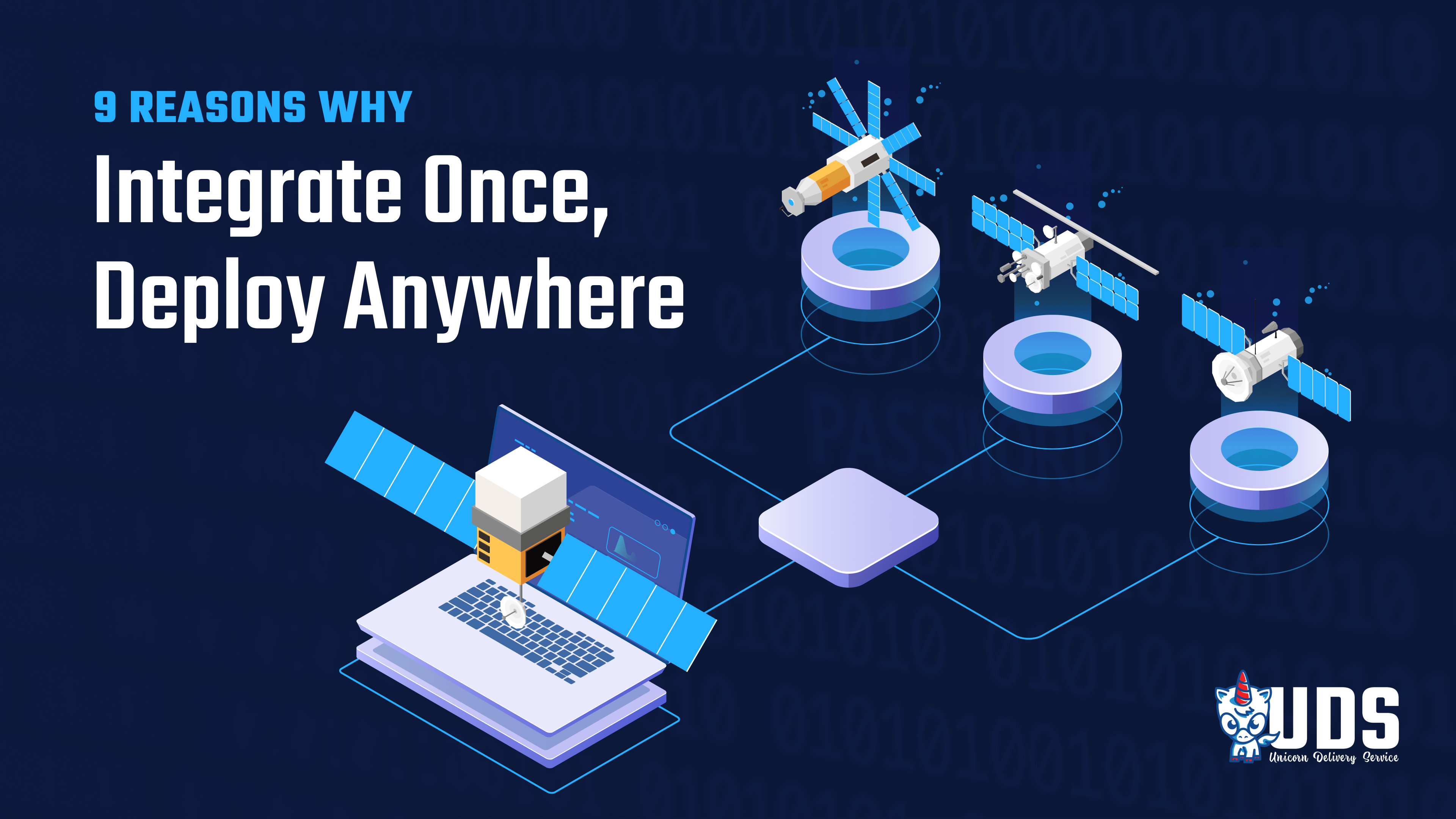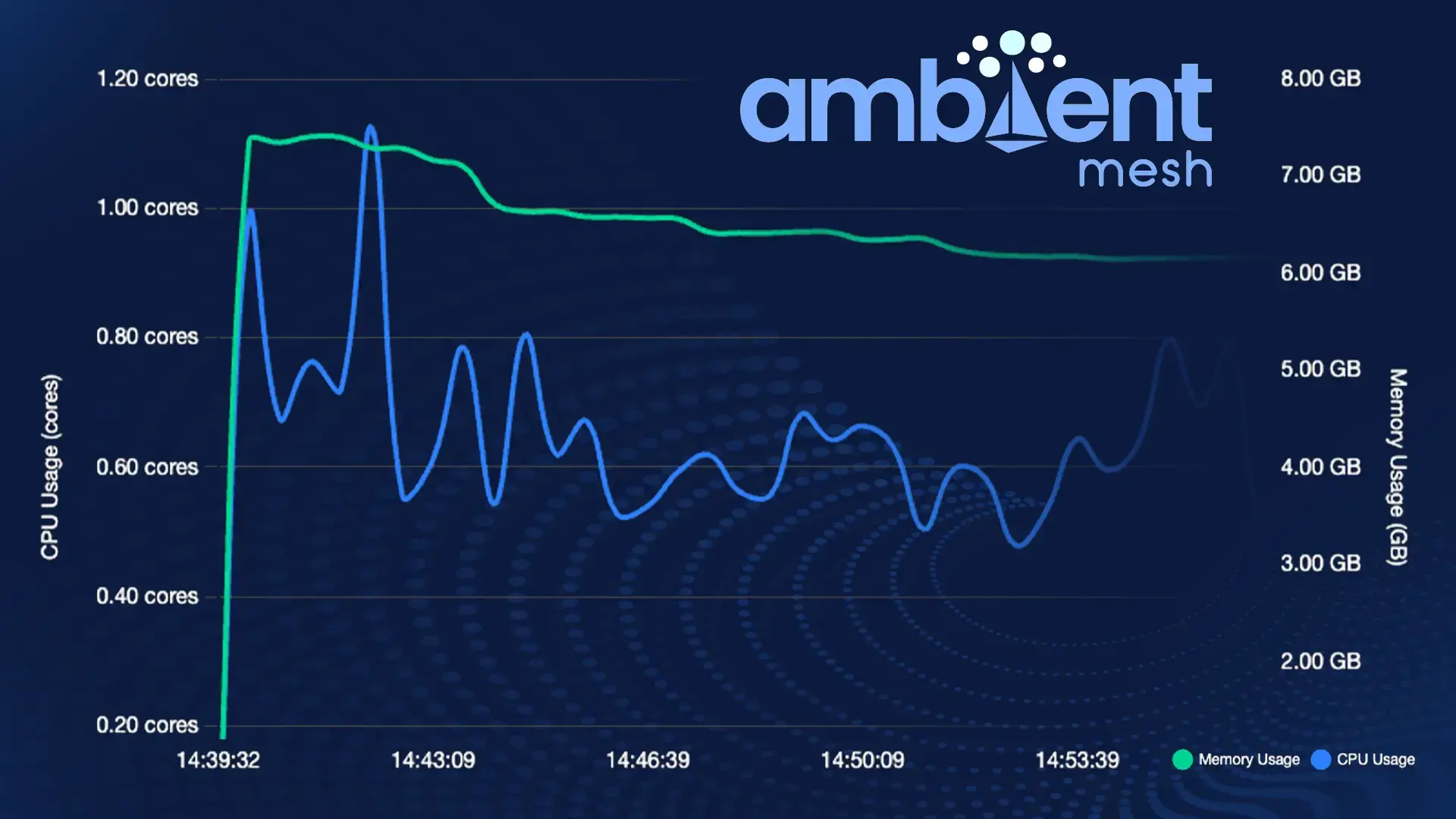Why UDS? Integrate Once, Deploy Anywhere.

Software deployment across the Department of Defense (DoD) has long been a challenge—disconnected environments, redundant integration steps, and endless troubleshooting. What works in the Software Integration Lab (SIL) doesn't always translate to production, forcing teams to spend months (or even years) solving problems that shouldn't exist.
The Problem: When Integration Delays Becomes a Mission Risk
Imagine a cyber defense system developed in a lab, thoroughly tested, and approved—only to fail on an operational network due to mismatched configurations. Teams scramble to troubleshoot, delaying mission readiness.
These integration failures don't just waste months of time and millions of dollars—in critical operations, they can cost lives.
UDS fixes this.
This blog is the first in a series of deep dives into how UDS transforms software delivery for the DoD. From accelerating ATOs to ensuring seamless airgap deployment, we'll break down why UDS is the future of mission software—starting with how it eliminates integration headaches.
One Integration = Infinite Deployments
With UDS, you integrate your software once—and deploy it everywhere. Whether you're in the cloud, on-prem, or operating at the tactical edge, UDS ensures your software runs exactly the same across all environments.
✅ The same platform runs in your local dev instance, your SIL, and your production environment.
✅ No more separate integration cycles—what works in one environment works in all.
✅ Faster deployments, less technical debt, and no need to re-engineer software for every system.
How UDS Standardizes Deployment
Traditional DoD software delivery relies on environment-specific configurations, meaning the same application must be tested and integrated separately for each deployment.
UDS eliminates this friction by:
- Declarative Configuration – Ensuring software is deployed with the same dependencies, settings, and security controls across all environments.
- Portable Packaging – Bundling applications, configurations, and dependencies together, guaranteeing consistency from development to SIL to production.
- Airgap-Native Delivery – Enabling deployment even in fully disconnected environments.
🚀 The result? A mission-ready software package that deploys identically everywhere, eliminating redundant integration steps and reducing deployment risks.
Built for Wherever the Mission Takes You
Most software delivery platforms struggle the most with disconnected, semi-connected, and classified environments. UDS is airgap-native—built from the ground up for these exact challenges.
Whether your mission operates from a submarine, a forward operating base, or an aircraft in flight, UDS ensures your software arrives securely and functions flawlessly—even without internet access.
Gone are the days of "It works on my machine :shrug: ..." With UDS, it works everywhere, from day one.
The Impact of UDS on Your Mission
✅ Time Savings – Deployments that previously took months are reduced to minutes, ensuring teams can respond rapidly to mission needs.
✅ Cost Reduction – Eliminating redundant integration efforts saves millions in engineering time and infrastructure costs.
✅ Security Assurance – UDS maintains a zero CVE posture with continuous monitoring, reducing the attack surface and ensuring compliance across all deployments.
With UDS, teams spend less time troubleshooting and more time executing the mission.
What's Next?
This is just the beginning. In our next post, we'll dive into how UDS accelerates ATO approvals and keeps mission software secure—without adding bureaucratic roadblocks.
👉 Want to see UDS in action? Learn more here: https://defenseunicorns.com/uds

